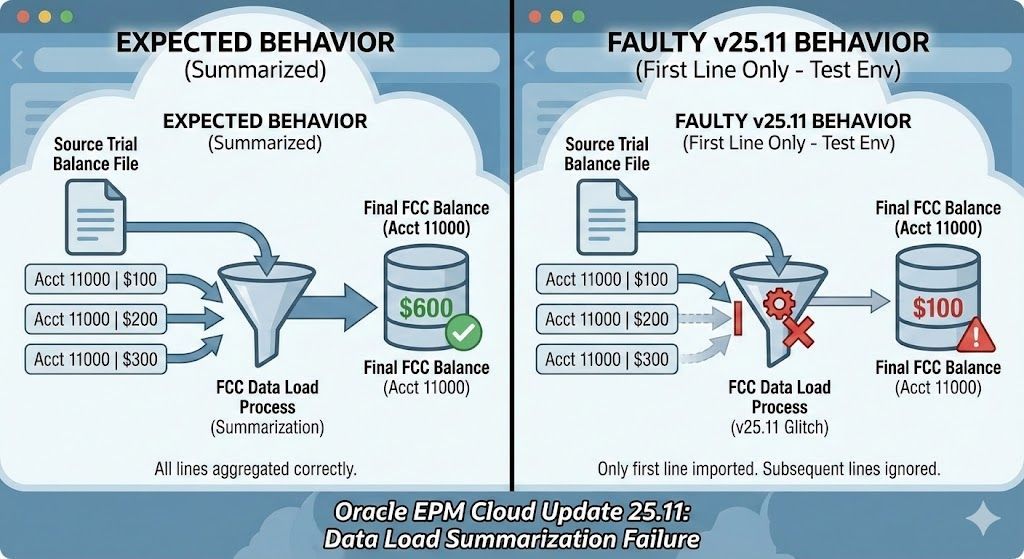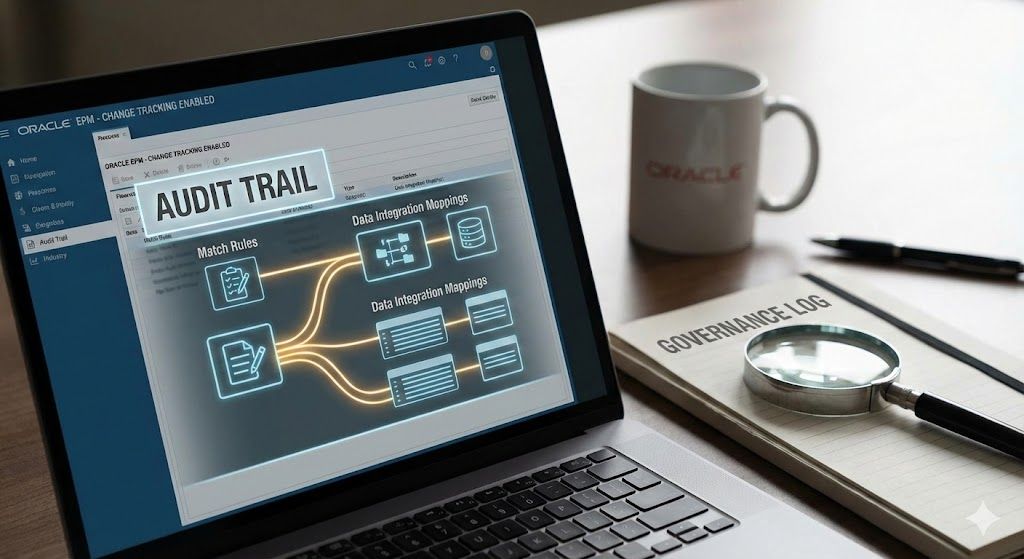Stop Patching, Start Building: Modernizing Your Business with SaaS
Nadia Lodroman | Oracle EPM Consultant | Integrity in Every Insight.
20 February 2025
Listen to Tresora and Ledgeron's chatting about this blog post:
Is Your SaaS Migration a Missed Opportunity?
Migrating from a legacy system to a modern SaaS platform is a big step, and it's tempting to want to make it as painless as possible. However, simply replicating your old ways of working in a new environment is a missed opportunity. Think of it like moving into a brand new house and arranging all your old, mismatched furniture in exactly the same way. Sure, you've moved, but have you really improved your living situation? This blog post outlines why a true modernisation requires more than just a "lift and shift" approach and how to maximise the value of your SaaS investment.
Re-Imagine Your Foundation: The Chart of Accounts
When migrating to a new ERP, resist the urge to simply replicate your existing Chart of Accounts (CoA). Over years, your CoA has likely become a patchwork of additions and modifications, reflecting past business changes and workarounds. While it might "work," it's probably not optimised for your current reality, let alone future growth. Take the time to analyse your CoA. Does it accurately reflect your current business structure? Does it provide the level of detail you need for reporting and analysis? A modern ERP offers the chance to build a clean, efficient CoA that supports your business objectives and scales with you. What got you here won't get you there.
Ditch the Lift and Shift Mentality
A SaaS provider promising a seamless "lift and shift" should raise a red flag. While technically possible, this approach ignores the fundamental differences between legacy systems and cloud-native SaaS platforms. Your business processes have likely been molded around the limitations and quirks of your legacy technology. SaaS solutions, built with modern architectures and often incorporating best practices, offer new ways of working. Simply replicating old processes in a new system means you're not leveraging the full potential of the technology. Instead, embrace the opportunity to re-evaluate your workflows and adopt more efficient, streamlined processes.
Cloud-Hosted Legacy is Not Modernisation
Don't be fooled by a legacy system hosted in someone else's cloud. While this might offer some incremental improvements, it's not a true migration. A genuine SaaS implementation is an investment in your future. It's a chance to not only upgrade your technology but also to analyze your business processes, understand how the new technology works, and adopt best practices. Many SaaS platforms are designed with built-in risk management and advanced compliance features, particularly around regulations like SOX. These features, often absent in legacy systems, can significantly reduce your business risk. Don't waste time and money on a migration that doesn't deliver real value.
Embrace the Disruption
Implementing new technology will disrupt your day-to-day operations. This is inevitable. However, this disruption should be viewed as an investment, not a cost. Make it count. Ensure your team understands the "why" behind the change and provide them with the training and support they need to adapt. The long-term benefits of a modern SaaS platform, including increased efficiency, improved data visibility, and enhanced scalability, will far outweigh the short-term disruption.
Leadership Sets the Tone
If you're in a leadership position, your attitude towards the new technology will significantly impact its adoption. Employees look to you for guidance. If you're resistant to change, they will be too. Demonstrate your enthusiasm for the new platform and communicate its benefits clearly and consistently. Emphasise that old ways of working are no longer sustainable and that embracing change is essential for future growth. Failure to adapt and modernise can lead to inefficiencies, compliance issues, financial losses, and ultimately, business failure. Investing in best practices, compliance, and control is not just a cost – it's an investment in your future. So, stop patching, start building, and embrace the power of modern SaaS.
Turning financial complexity into operational clarity. Because in Finance, Integrity is Permanent.






